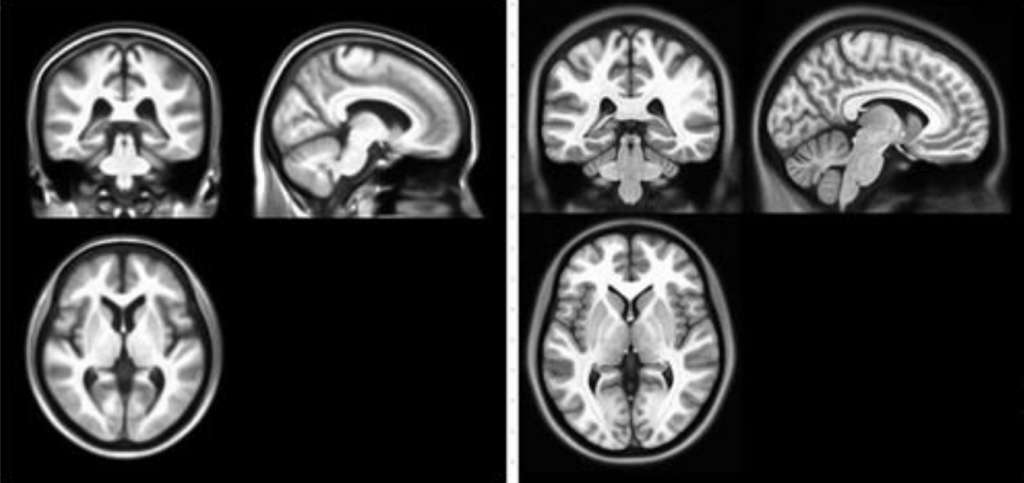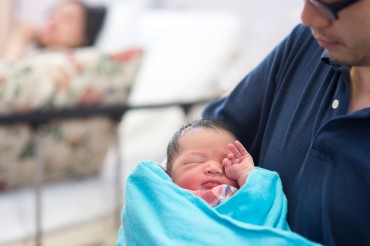
The results showed that the average width of a Korean brain was 13.6cm, 2mm wider than that of a westerner, while the average length was 16cm, compared to 17.3cm for its western counterpart. (image: Seoul National University Hospital)
SEOUL, July 22 (Korea Bizwire) – A team of neuropsychiatry scientists from Seoul National University Hospital in Bundang has developed a standard brain model for Korea’s elderly population, after analyzing the MRI results of 96 citizens over the age of 60 without brain-related illnesses.
According to the team, the shape and size of an average person from Asia, including Korea, differs from westerners due to genetic and environmental factors. However, the standardized brain model used in various international brain-related studies was developed based on data from French women with an average age of 60 years old.
“We developed a standard model specific to Korean elderly individuals to resolve such issues,” said professor Kim Gi-woong, who led the team.
In order to avoid bias and subjectivity, the subjects underwent vigorous clinical testing in the selection process to ensure they were free from brain-related illnesses that could affect the shape of their brain.
The results showed that the average width of a Korean brain was 13.6cm, 2mm wider than that of a westerner, while the average length was 16cm, compared to 17.3cm for its western counterpart. The Korean brain was 12.4cm tall, whereas the western standard was 11.5cm.
“We’ve had difficulties drawing up accurate research conclusions because we didn’t have a standard brain model for the Korean elderly,” added Kim. “But now we can use the database we developed as a control group for future research, which should lead to reduced research costs and duration.”
The full research findings were published in the latest edition of the KNPA (Korea NeuroPsychiatric Association) Academic Journal.
By Lina Jang (linajang@koreabizwire.com)





